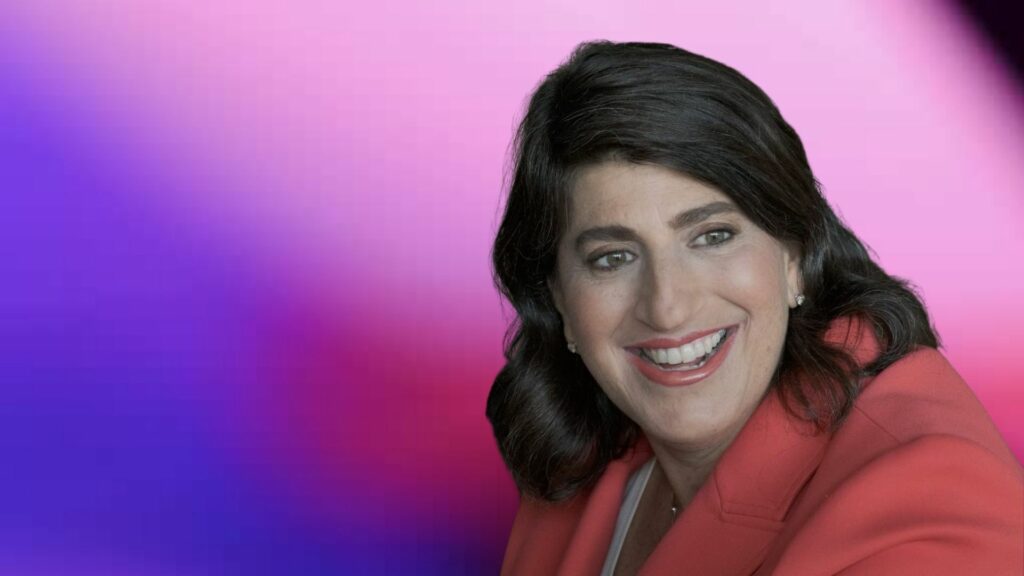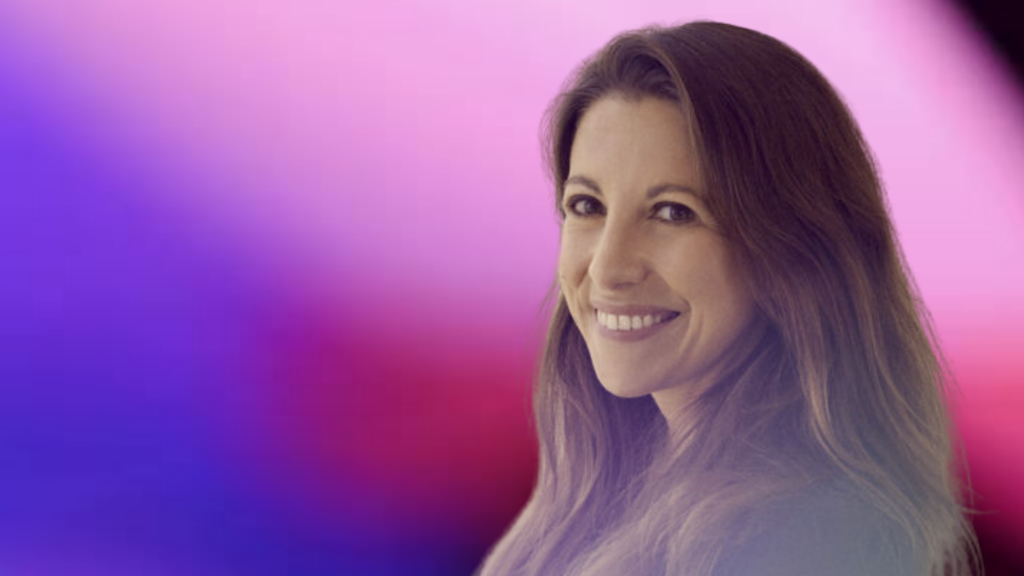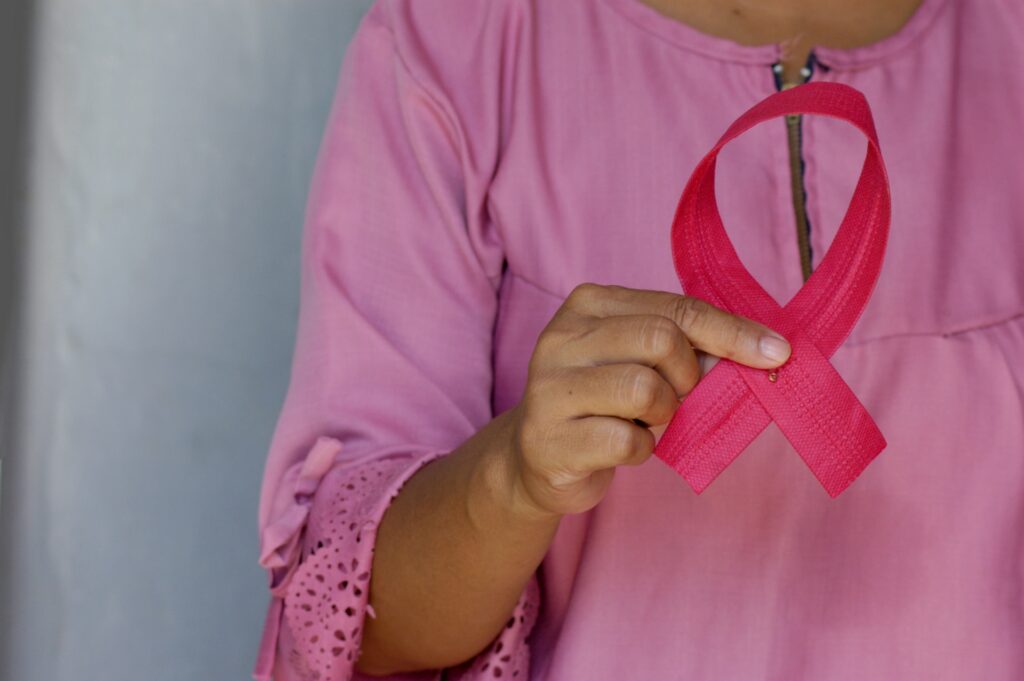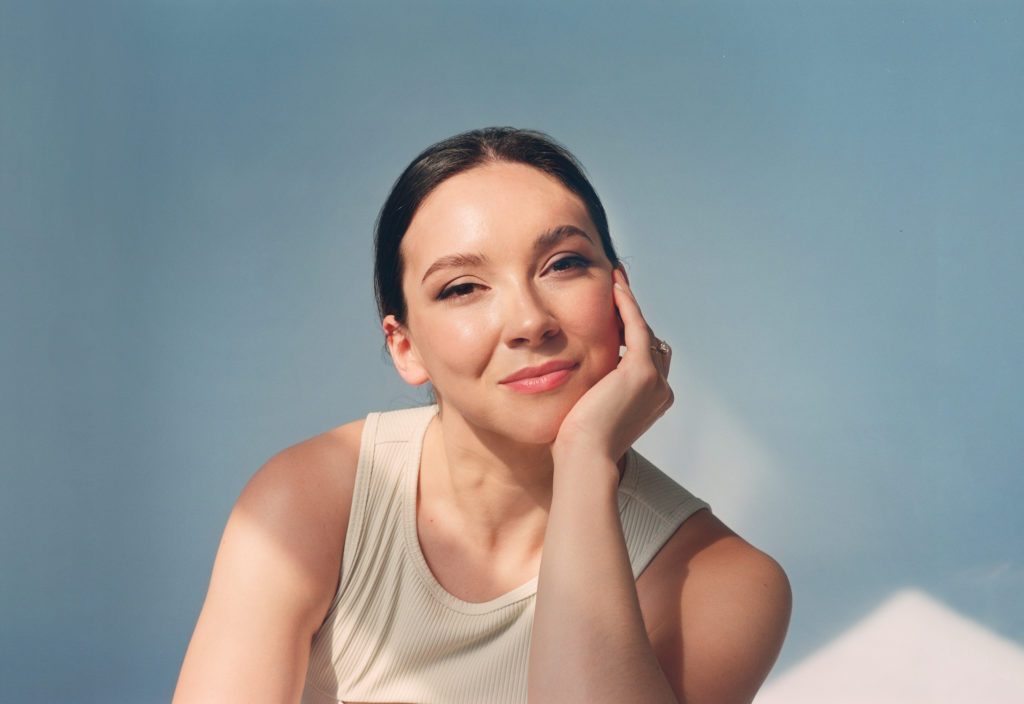Tactics to tackle anxiety with Dr. Nora Brier

Tactics to tackle anxiety with Dr. Nora Brier
This August celebrates National Wellness Month. It’s a call to focus on self-care, stress management, and creating healthy routines.
But what does wellness really mean, anyway?
Sounds simple enough, but wellness in writing and wellness in practice are two very different things. The word itself gets tossed around a lot. From personal care and beauty to public health campaigns, nutrition programs, and workplace wellness, it feels like everyone is trying their best to do a better job of being well-rounded.
It’s big business, too. The Global Wellness Institute (GWI) predicts the global wellness economy to reach nearly $7.0 trillion in 2025.
Sometimes the journey to wellness feels like a full-time job. Which is the best meditation app? Did I make time for self-care today? How many cups of water did I drink? Am I being present? Trying to do the right thing on the path to wellness can manifest its own kind of stress (basically the exact opposite of the goal). And right now? Anxiety is at an all-time high.
The pandemic revealed a lot of corporate America’s wellness shortcomings and opened up a conversation about gaping disparities that exist for vulnerable groups lacking equitable healthcare. A large majority of Americans are reporting high-stress levels due to financial concerns, inflation, the COVID-19 pandemic, and the Russian invasion of Ukraine, according to a new poll from the American Psychological Association.
A certain amount of stress and anxiety is normal at work as well as at home. However, persistent, excessive, and irrational anxiety that interferes with everyday functioning is often an indication of an anxiety disorder.
As a Psychology Fellow at the Center for the Treatment and Study of Anxiety (CTSA), Dr. Nora Brier works with dozens of patients each week to treat anxiety and develop mental health wellness routines. She earned her doctoral degree from Philadelphia College of Osteopathic Medicine (PCOM) and earned her Master’s degree in Counseling and Clinical Health Psychology from PCOM. Years of experience have strengthened her belief that an evidenced-based, strengths-focused approach is the key to successful anxiety disorder treatment.
The term panic or anxiety attack is foreign to some, and confusing to others. Brier suggests identifying physical, acute symptoms of anxiety, like sweating, shaking, a racing heartbeat, feelings of tightness in the chest, or choking to signal a potential anxiety attack. Cognitive symptoms might include feeling out of control. These symptoms tend to occur within a three to five-minute span which Brier describes as a rush out of the blue for her patients.
“It’s a pretty intense, distressing feeling. So if someone is experiencing that more than once or twice a week, that’s probably a significant thing to be not overly worried about, but maybe seek out a professional if it’s getting in the way of life,” suggests Brier.
It’s not uncommon for a person experiencing an attack to head to the emergency room – a testament to how powerful anxiety can be. Brier says while anxiety can make you feel as though something is medically wrong, the actual symptoms are not dangerous and will subside. At Penn’s CTSA, certified psychologists teach proven skills and strategies necessary for those suffering from anxiety, phobias, OCD, and OC spectrum conditions to overcome fears.
As the business world navigates remote, hybrid, and in-person dynamics since the start of the pandemic, Brier suggests exposure versus avoidance is the best method to decrease overall anxiety for those experiencing workplace re-entry anxiety.
“Talk with friends and family and even coworkers about some of the anxiety that you might feel, within your comfort level, just putting it out there and seeing if other folks have the same sort of anxiety,” says Brier. “Surely one thing we know is that by holding these feelings in and not talking about things, it actually increases anxiety instead of doing the opposite.”
“The second thing I would say is to approach it in bits and pieces, and not totally avoid reentry. So practicing going into the office within your comfort zone and then stepping up the challenge as you reenter the workforce is important. Reimagining and rethinking the type of role you want to take post-pandemic is going to be important as well.”
For professionals up against a tight work deadline who don’t have the proper time for full self-care, Brier suggests deep breathing is one fast and effective research-based tactic to alleviate anxiety in the moment and complete the task at hand.
“Usually taking three deep, slow belly breaths in, through your nose and exhaling out through your mouth, kind of holding on the exhale, this really helps particularly the exhale we know from research,” says Brier. “It helps to release tension all throughout the body and it simulates that feeling of relaxation.”
Another suggestion? Once a person has calmed their breathing, try to ruthlessly prioritize instead of jumping ahead to the mental list of the next ten things that need to be completed.
“Really thinking, what do I need to focus on in this exact moment? I have to finish this email or I have to finish this proposal. That’s all I have to do right now. So only thinking about one thing at a time, and while you’re deep breathing can be key and can help you get back on the horse so to speak, to do the other tasks and actually slow the worried thoughts since they’re also connected,” suggests Brier.
The three non-negotiable daily habits that most contribute to Brier’s own mental and physical well-being are establishing firm boundaries, physical movement, and connecting with trusted friends outside her profession.
Her personal work cutoff (barring a work emergency or high-pressure project) is seven at night. Creating this boundary allows her to establish daily space for wellness activities like exercise or connecting with friends. Even 20 minutes of yoga or a walk outdoors help Brier to feel centered.
“I think connecting with people who are outside my field has been key. I have a lot of friends who’ve gotten their MBA who are in business and who are in a lot of wonderful industries that are not psych-oriented and I think it’s so refreshing, it gives me a whole new perspective and really energizes me,” Brier reflects. “So I would always recommend folks just keep in all those friends and family that maybe do different things than you. It helps me revitalize myself.”
It can take 21 days for something to become a habit and 90 days for it to be a lifestyle change. Even small steps today can create a world of a difference a month from now.

Photo from Hailey Reed







